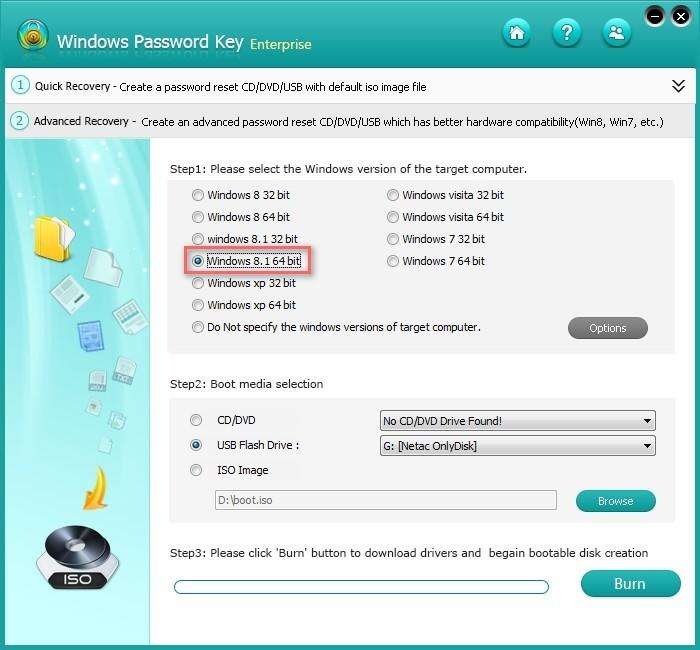

On the command prompt type the following commands diskpart This includes stripping all formatting, creating a new active primary partition, and finally formatting it as FAT32 using diskpart. The USB drive will need to be prepared before you can copy over the WinPE files. CopyPE.cmd amd64 C:\WinPE_amd64ĭISM /Mount-WIM /WimFile:c:\WinPE_amd64\WinPE.wim /Index:1 /MountDir:c:\WinPE_amd64\MountĬopy “C:\Program Files\Windows AIK\Tools\amd64\ImageX.exe” C:\WinPE_amd64\Mount\Windows\System32\ĭISM /Unmount-WIM /MountDir:C:\WinPE_amd64\Mount /CommitĬopy C:\WinPE_amd64\WinPE.wim C:\WinPE_amd64\ISO\Sources\boot.wim Preparing the USB Drive Replace amd64 with x86 if you wish to create a 32-bit WinPE disk. If however you prefer To create 32-bit WinPE disks simply replace amd64 with x86 in these instructions.Īt the command prompt type the following commands. Note that these instructions are to create a 64-bit WinPE disk. On your Technician Computer open the “Deployment Tools Command Prompt” from Start, All Programs, Microsoft Windows AIK. What you will need:Ī Technician Computer (A windows 7 machine with the WAIK installed)Ī USB drive to create a bootable WinPE disk Building the WinPE Environment In this post I will provide instructions on creating a bootable WinPE USB drive, with ImageX “integrated” into the Windows PE environment.

Before I move on to MDT 2010 I want to write a couple of ‘how to’ posts on creating a Windown PE disk, capturing and applying an image using imagex and my experiments with these tools in general. My approach to exploring my interest in Windows Deployment has always been to learn from the ground up, hence I wanted to familiarise myself with these WAIK tools to begin with. Having familiarised myself with building answer files and sysprep’ing reference machines I’ve recently been experimenting with WinPE, ImageX and DISM to acquaint myself with these tools as well.


 0 kommentar(er)
0 kommentar(er)
